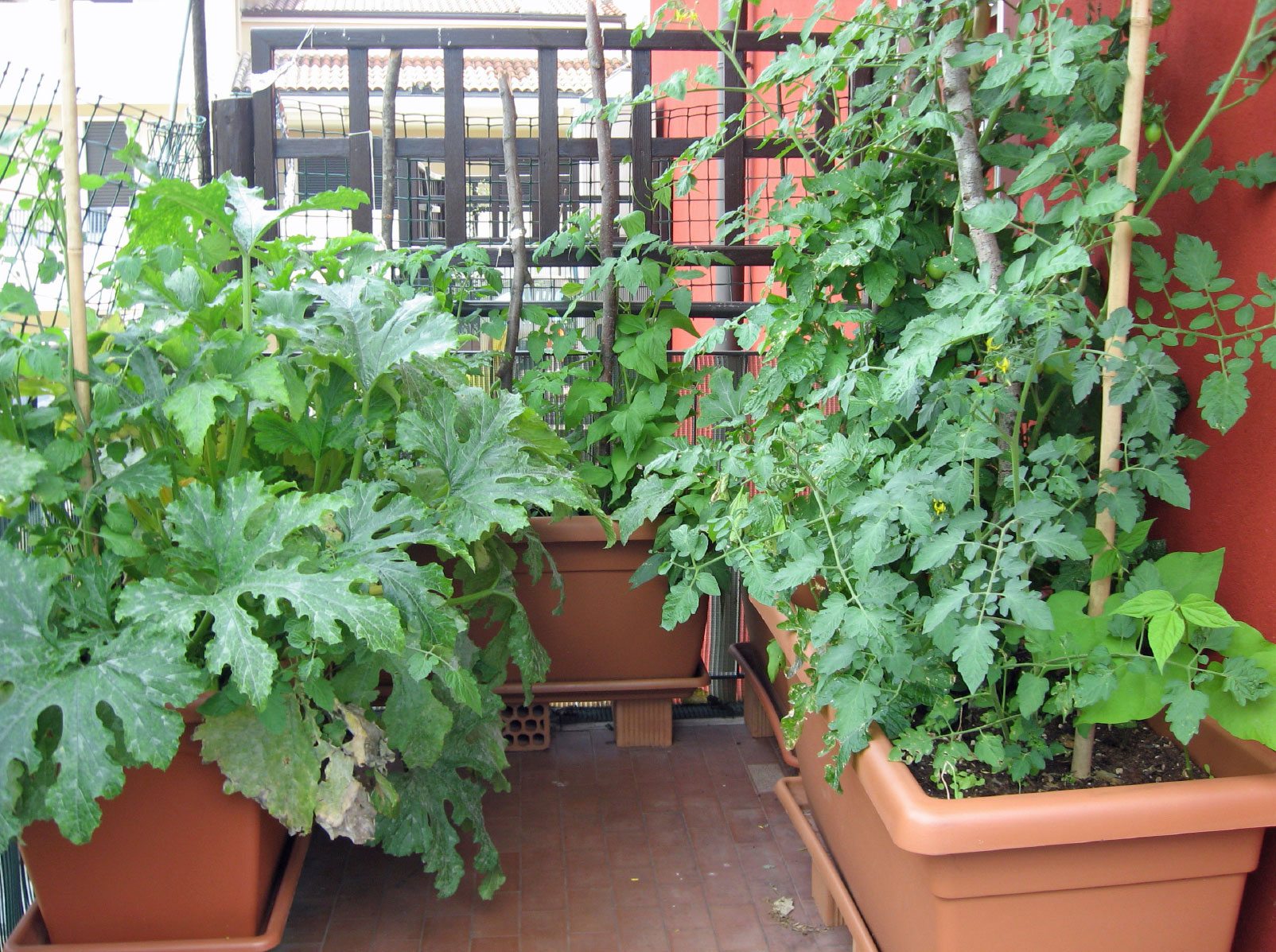The Only Guide for City Blooming
The Only Guide for City Blooming
Blog Article
Get This Report on City Blooming
Table of ContentsCity Blooming Things To Know Before You BuyThe 8-Minute Rule for City BloomingNot known Incorrect Statements About City Blooming City Blooming - Truths4 Easy Facts About City Blooming Shown
Interested in growing food for sale in the City of Chicago? Thinking concerning beginning an area yard? Modifications to the Chicago Zoning Regulation allow farming usages like area gardens and urban farms in numerous parts of the city. Below is a listing of regularly asked questions regarding the guidelines and laws that farmers must think about when planning a metropolitan agriculture task.
The zoning amendment does not customize any type of other codes handling composting, building permits, buying or renting City possessed home, service licenses or ecological contamination. There are existing codes that control these concerns and they remain completely impact and might be appropriate to your project. Community gardens are usually possessed or handled by public entities, public organizations or community-based organizations and preserved by volunteers.
Urban farms expand food that is meant to be sold, either on a not-for-profit or for-profit basis. As a result of their commercial purpose, urban ranches need a service permit. Yes. An area garden is enabled to sell surplus create that was grown on site if the sales are accessory or subservient to the garden's main purpose described over.
Get This Report on City Blooming
Composting is enabled but just for plant product that is created and utilized on website. The amount of garden compost material can not exceed 25 cubic lawns at any offered time according to the requirements in 7-28-715 of the City's Municipal Code. Yes. Due to the fact that the soil at a lot of new garden sites requires changing, compost, soil, timber chips, or various other materials can be gotten to construct or boost the growing space - sustainability.

If a building permit is needed after that the hoophouse will be thought about an accessory building. You can learn even more regarding the structure license needs by getting in touch with the Division of Buildings. The 25,000-square-foot size limitation is planned to stop a solitary area yard from dominating an offered block or detracting from the block's existing residential or business character.
The limitation does not apply to gardens situated in Public Open Room (POS) areas. Can there be more than one community yard that is 25,000 square feet on a single block? Fence is not called for, nevertheless, gardens that have large vehicle parking locations might be needed to set up secure fencing or other landscaping attributes.
Get This Report about City Blooming
B1 & B2 districts need that all industrial usage activities be carried out indoors. R areas restrict industrial task. The guidelines reflect the function and intent of the Zoning Code. Is fencing needed for metropolitan farms? Yes. Fences may be called for, along with landscape design and testing, for certain parking areas and outside work or storage locations depending upon area and the certain task happening.
Yes. Urban farms require building permits and zoning approvals before building and construction. Other forms of city evaluation might be required relying on particular frameworks, tasks, dimension, landscape design, licensing, public health and stormwater monitoring problems. A lot of these demands are determined in the task layout or permitting procedure, however, the applicant might be accountable to independently determine specific licenses or allows that might be required.
The Department of Business Affairs and Consumer Protection can aid figure click reference out the specific type of company permit that's needed. Off road vehicle parking is needed for the majority of commercial jobs in Chicago. The needed number of car park spaces is based on the number of employees working on website and not the square footage of the expanding room.
The Ultimate Guide To City Blooming

Yes. A metropolitan ranch can market garden compost product generated on site, nonetheless, the procedure should conform with the regulations in 7-28-715 of the Chicago Municipal Code. Yes. Aquaponic systems are enabled inside your home on urban ranches in numerous zoning areas. A zoning review and structure license is required in order to install structures or systems and a company license is needed as described above.
Up to 5 hives or swarms of honey might be maintained as an accessory usage. Beekeepers should sign up with the Illinois Department of Agriculture. For more details concerning the recommended zoning amendment you might speak to the Department of Housing and Economic Development, Bureau of Planning and Zoning at 312.744.8563.
, which takes area in rural locations at the edge of suburban areas.
Not known Facts About City Blooming
It can include a motion of natural cultivators, "foodies" and "locavores", that look for to form socials media established on a common principles of nature and community holism. These networks can develop using formal institutional assistance, ending up being incorporated into local community preparation as a "shift community" movement for lasting urban growth.
In either instance, the extra straight access to fresh veggie, fruit, and meat products that may be know through city agriculture can enhance food protection and food safety while reducing food miles, leading to lower greenhouse gas emissions, consequently adding to climate modification mitigation. Some of the initial evidence of urban agriculture originates from Mesopotamia.
Report this page